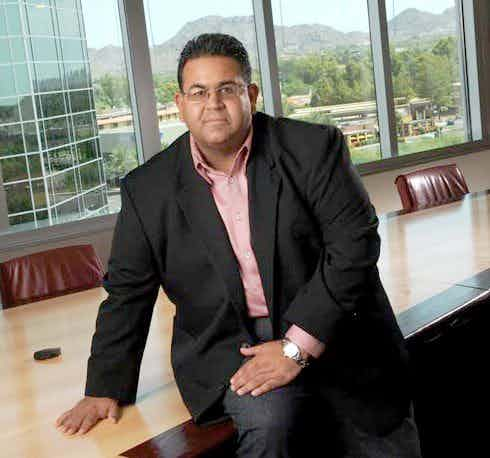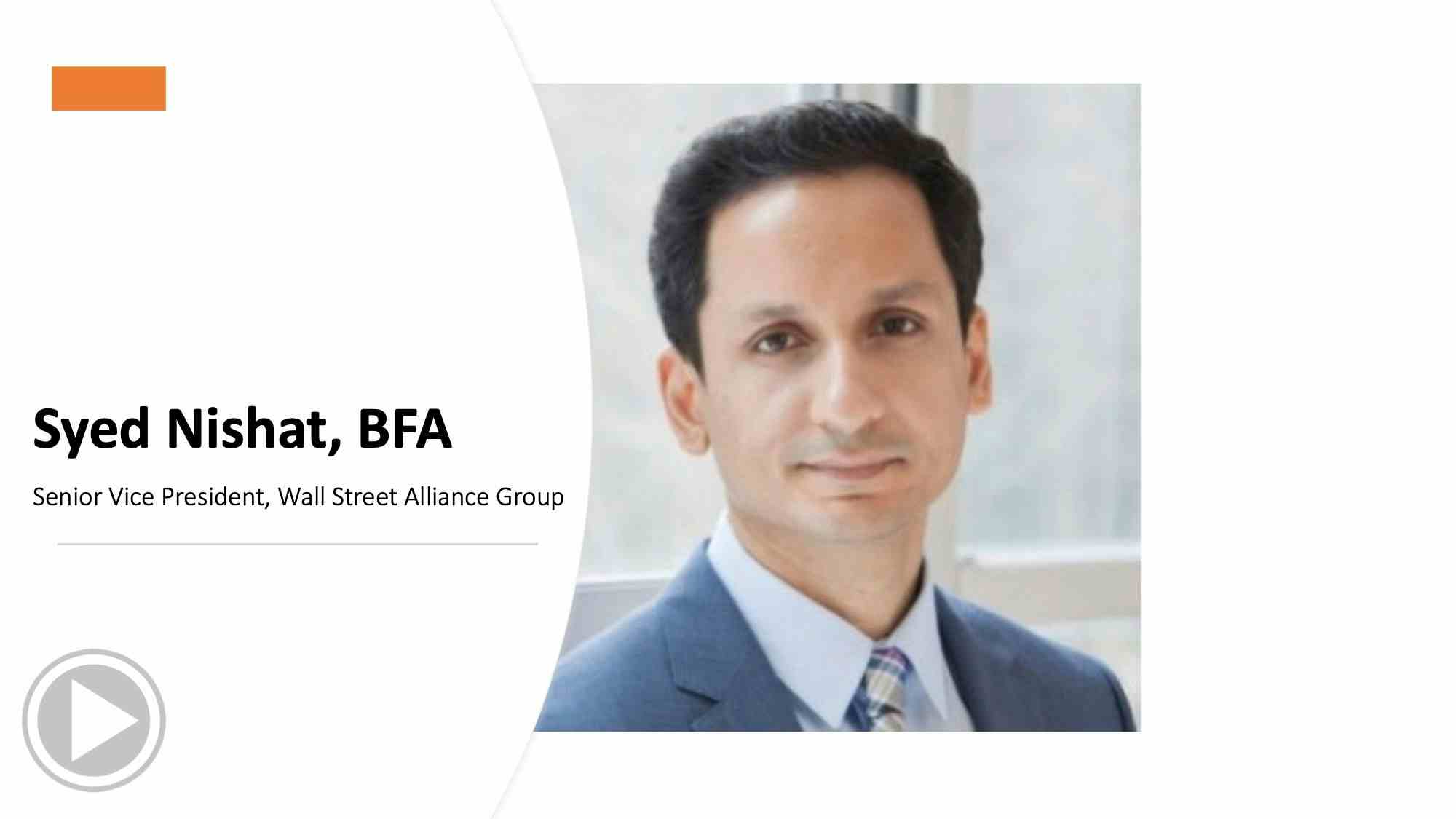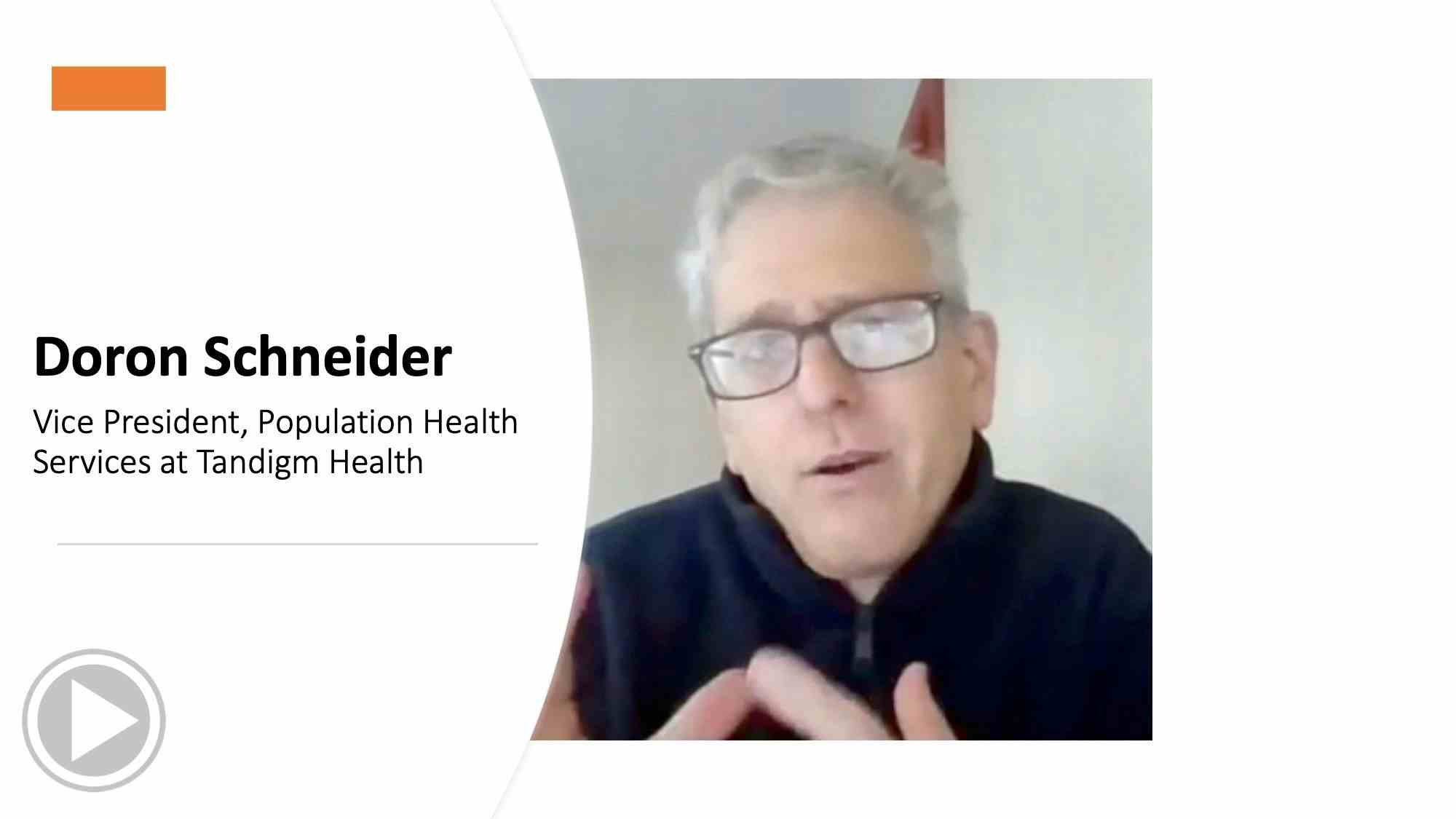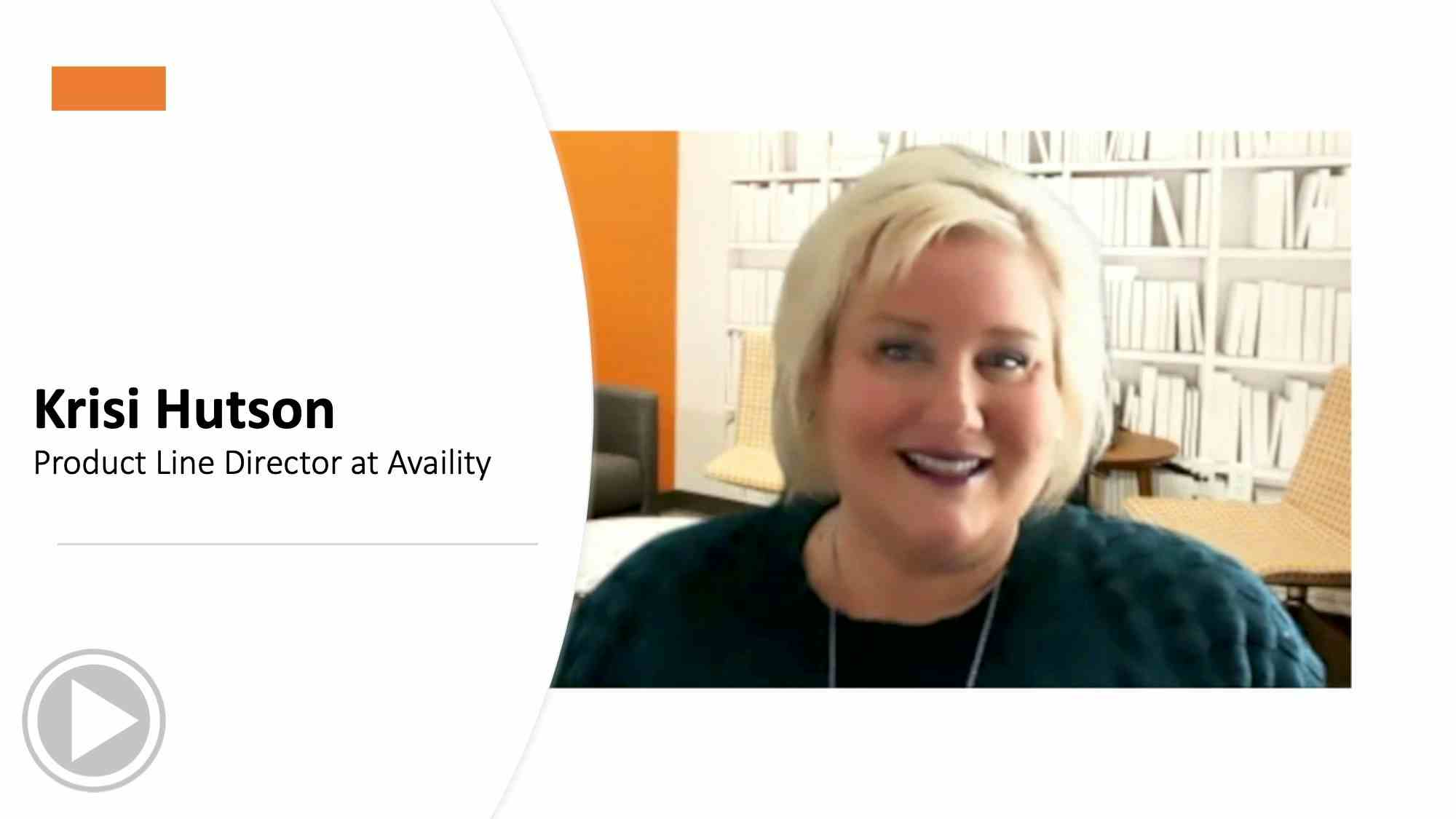Important Caveat to Waiving Patient Copays
Most practices know they are obligated to collect patient copays and deductibles, but few know that for certain low-income patients doing so is illegal.
The old practices of waiving fees, bartering for services, or giving discounts to low-income patients has become problematic for physicians. If they accept federal or private health insurance, they have little control when it comes to collecting patient copays - they are contractually bound to do so in almost all cases. Yet because there is a lot of nuance to federal law and rapidly changing payer policies, physicians are hungry for guidance. Case in point: For certain patient populations, it is actually illegalto collect Medicare co-insurance.
When Physicians Practice published the article "Don't Write Off Patient Copays," there was tremendous interest by readers. It received the attention of the Federal Coordinated Health Care Office (MMCO). Tim Engelhardt is the director of the Medicare-Medicaid Coordination Office (MMCO) at CMS. The office is relatively new; it was created through the ACA to help coordinate services for the 10.7 million people who receive both Medicare and Medicaid services, also know as "dual eligible" beneficiaries.
Within the dual eligible population, there are roughly 7 million individuals who receive financial help with Medicare cost sharing through the Qualified Medicare Beneficiary Program (QMB). The lesser-known QMB program, which is administered through state Medicaid offices, has been in place since 1989, and provides financial assistance for certain groups of low-income adults over the age of 65, eligible adults of any age who are physically or mentally disabled, and individuals with severe mental illness. Importantly, medical practices and service providers are prohibited from balance-billing QMB beneficiaries by federal law for any outstanding charges.
*Editor's note: for federal guidance on the prohibition against balance billing QMB beneficiaries, read MLN Matters: SE1128 Revised at bit.ly/no-balance-billing.
Physicians Practice recently spoke with Engelhardt in a two-part interview about common misperceptions concerning the QMB program, held by physicians, medical billers, and even program participants. Below is part one of the interview.
Physicians Practice: How do you define a dual eligible beneficiary?
Tim Engelhardt: There are 10.7 million people currently who are on both programs [Medicare and Medicaid] at the same time. Each year between the federal government, the Medicare program, and the states' Medicaid program, we spend almost $300 billion dollars a year serving those 10.7 million individuals. And within that population, it is a heterogeneous group, it includes almost 40 percent of dual eligible beneficiaries that are under the age of 65. So younger adults with disabilities. The remainder are older adults. Many fall into two different population categories that we tend to group together. For example, it is a high percentage of people with physical disabilities, it is a high percentage of people with serious mental illness. It includes a sizable number of people with intellectual and developmental disabilities. It includes adults whether they are in the community and relatively healthy, but with very low incomes, or significant other people with multiple chronic conditions, many of whom use long-term care services, either in nursing homes or the community.
PP: What are the program requirements for the QMB program? Do all dual eligible individuals fall under this program?
TE: Not all dual eligible beneficiaries are what we call QMB [Quimby] or Qualified Medicare Beneficiary, about 65 percent of them are. And there is an application process [through] which anyone would apply. It is not necessarily separate from the Medicaid application that most of them go through. But there are people whose sole form of Medicaid coverage is cost-sharing support in Medicare. So among those 10.7 million dual eligible beneficiaries, about 3 million of them are not eligible for Medicaid in the sense that they get a wide sweep of Medicaid services, but their Medicaid coverage is more or less in support of Medicare cost sharing.
PP: It appears as if many medical practices are not aware of this program and are incorrectly balance billing QMB beneficiaries. Why is that?
TE: We did our own study in 2015 and certainly stay in close touch with our friends in the advocacy community. We did a sampling process and interviews with dual eligible beneficiaries. It was easier than we wish it were to find individuals who were billed. And in fact find some individuals who had debt collectors after them for debts that, technically, they should never have been legally charged. But I think you are right, that there is not the level of awareness that we would love to be. It's hard for us to put a finger on why that should be, but we think part of it is simply awareness, and awareness that starts at the front office at any practice. And we ourselves, I think, need to do more to make sure that suppliers and providers are aware of it and understand the processes that they can go through to ensure that they can stay in compliance with the QMB requirements.
PP: Do you think the confusion stems from the fact that state Medicaid programs vary so widely?
TE: I'm not sure that is in fact the case. But one of the realities is that there are plenty of physicians who enroll in the Medicare program and have not done so for the Medicaid program. I think there are many [medical] billers that don't understand that the QMB protections apply even in the case where the physician has not enrolled as a Medicaid provider. So there is variability from state to state certainly, but there is a limited number of providers that actually straddle state lines. So that variability, while sometimes confusing to us, I think at the individual and local level, I don't know if that is the driving factor [for confusion about the QMB program.]
PP: Do you think there is more work to be done in terms of patient awareness and education?
TE: Yes I think there is. We certainly - remember that this is a population that is characterized in large part by dementia, mental illness, low literacy levels, [and] not necessarily speaking the same language as their providers. So there's only so far we can go with education, outreach, in the beneficiary community. Secondly, we are aware even in our small study and interviews of beneficiaries, we found at least one individual that was fully aware that it was illegal to be billed, but paid the cost sharing anyway for fear of losing access to a particular provider. So those are limitations. That being said, we certainly think there is great room for improvement in how much information we share with beneficiaries.
Asset Protection and Financial Planning
December 6th 2021Asset protection attorney and regular Physicians Practice contributor Ike Devji and Anthony Williams, an investment advisor representative and the founder and president of Mosaic Financial Associates, discuss the impact of COVID-19 on high-earner assets and financial planning, impending tax changes, common asset protection and wealth preservation mistakes high earners make, and more.
Is your practice ready for the Trump tariffs?
April 7th 2025Tariffs are set to drive up costs across industries — including health care — impacting everything from medical supplies to retirement accounts. Take a look at the ripple effects on medical practices and some proactive strategies for physicians to stay one step ahead.






